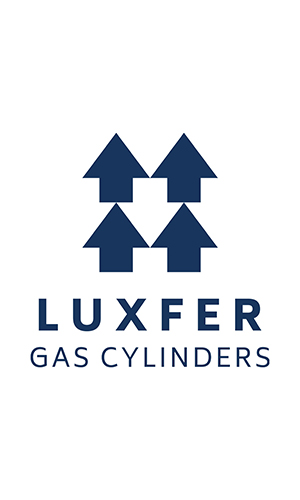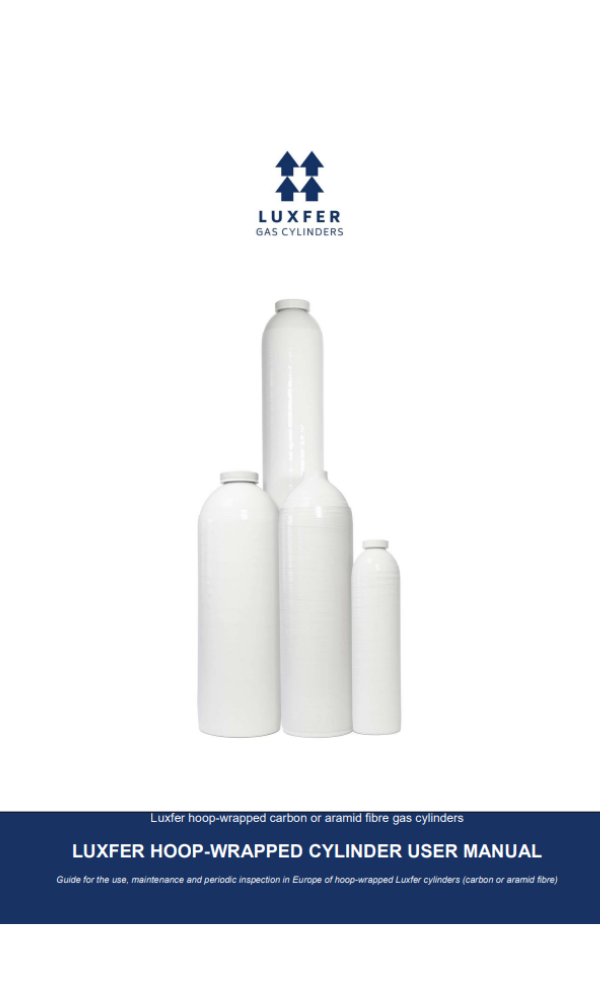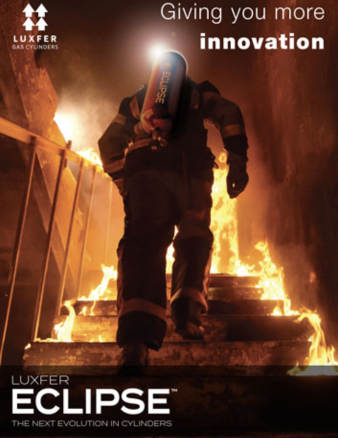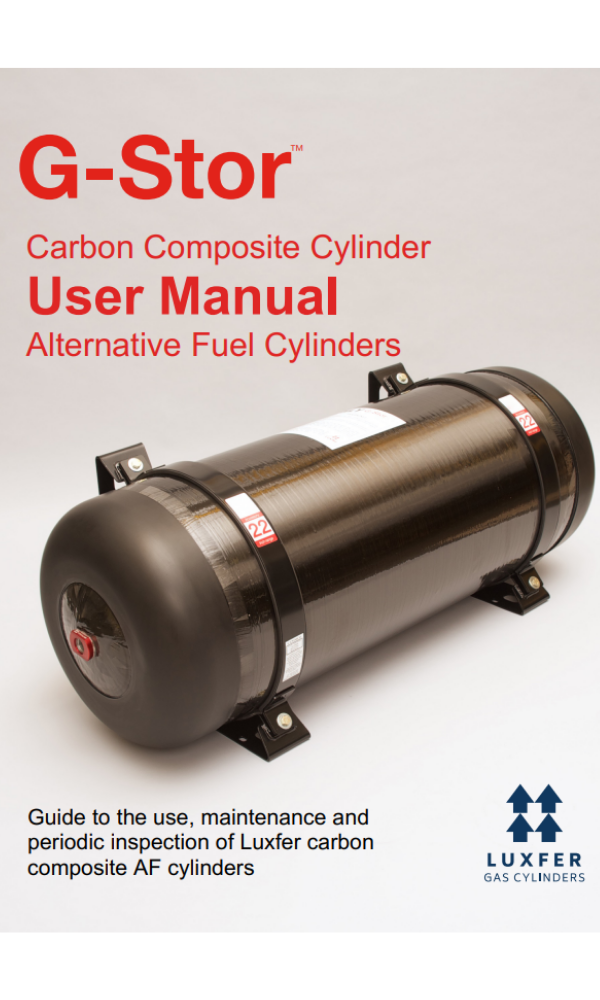US +1800 764 0366 | Europe & Middle East +44 (0)115 980 3800 | Asia-Pacific: +61 2 7227 5369
Support item:
California Privacy Notice to Applicants
In compliance with California law, we want to advise you of the information that we collect in connection with your job application or employment, and how we use that information.




